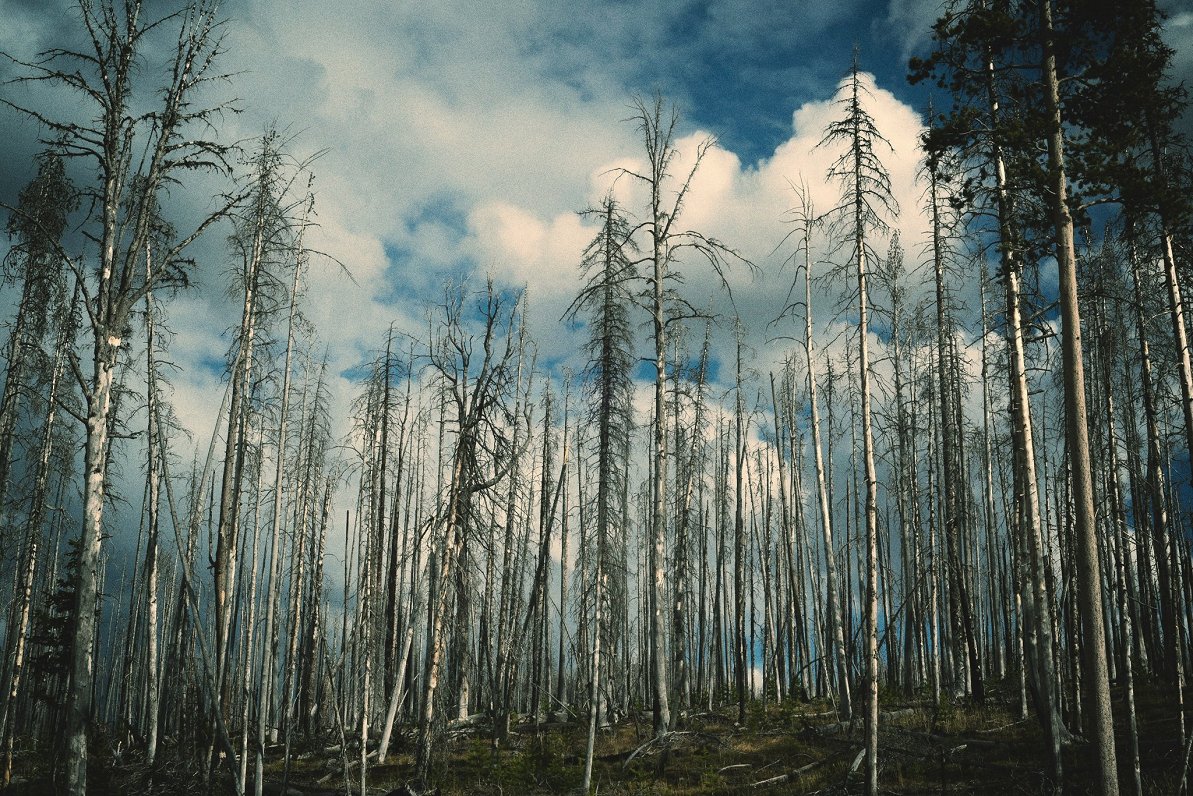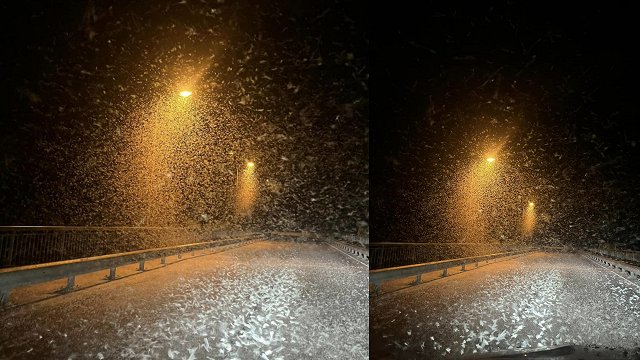Similar to last year, from April 1 to August 31 this year, a ban on felling spruce trees will be in effect in many parts of Latvia. During this period, forest owners must be vigilant and monitor the health of their forest, recording whether the presence of a bark beetle has been detected in it, and in case of suspicion, they must respond promptly.
Bark beetles reproduce by flying to the resin aroma emitted by recently felled spruces, so cutting is prohibited during the period when the pest is most active.
From the middle of May, bark beetles begin to reproduce actively, preferring weakened spruce trees as their choice of habitat. However, no spruce is completely protected from the bark beetle, as this pest can also infect completely healthy and strong trees.
Forestry expert Matīss Rozītis of the VIDI Woods forestry company explains:
"Although the restrictions are strict, there are also exceptions that require immediate action. Namely, if 10 or more bark beetle-infested trees per hectare are found in a forest, it is necessary to inform the nearest forestry office, which will issue an opinion, and the owner will have to immediately carry out sanitary felling. All damaged trees should be removed from the forest as soon as possible to reduce the chance of bark beetles breeding. Therefore, even during the prohibition period, forest owners need to regularly inspect their forest and, in case of doubt or suspicion, contact forestry specialists."
The eight-toothed bark beetle is an invasive pest, which is one of the most dangerous pests both in Latvia and globally. It is a 4-5 mm beetle that breeds and lives under the bark of spruce trees. The bark beetle poses a significant risk to Latvian forests, threatening spruce populations and their ecosystems. Therefore, it is important to follow the established limits and take responsible forestry measures to reduce the negative impact of this invasive pest.





























